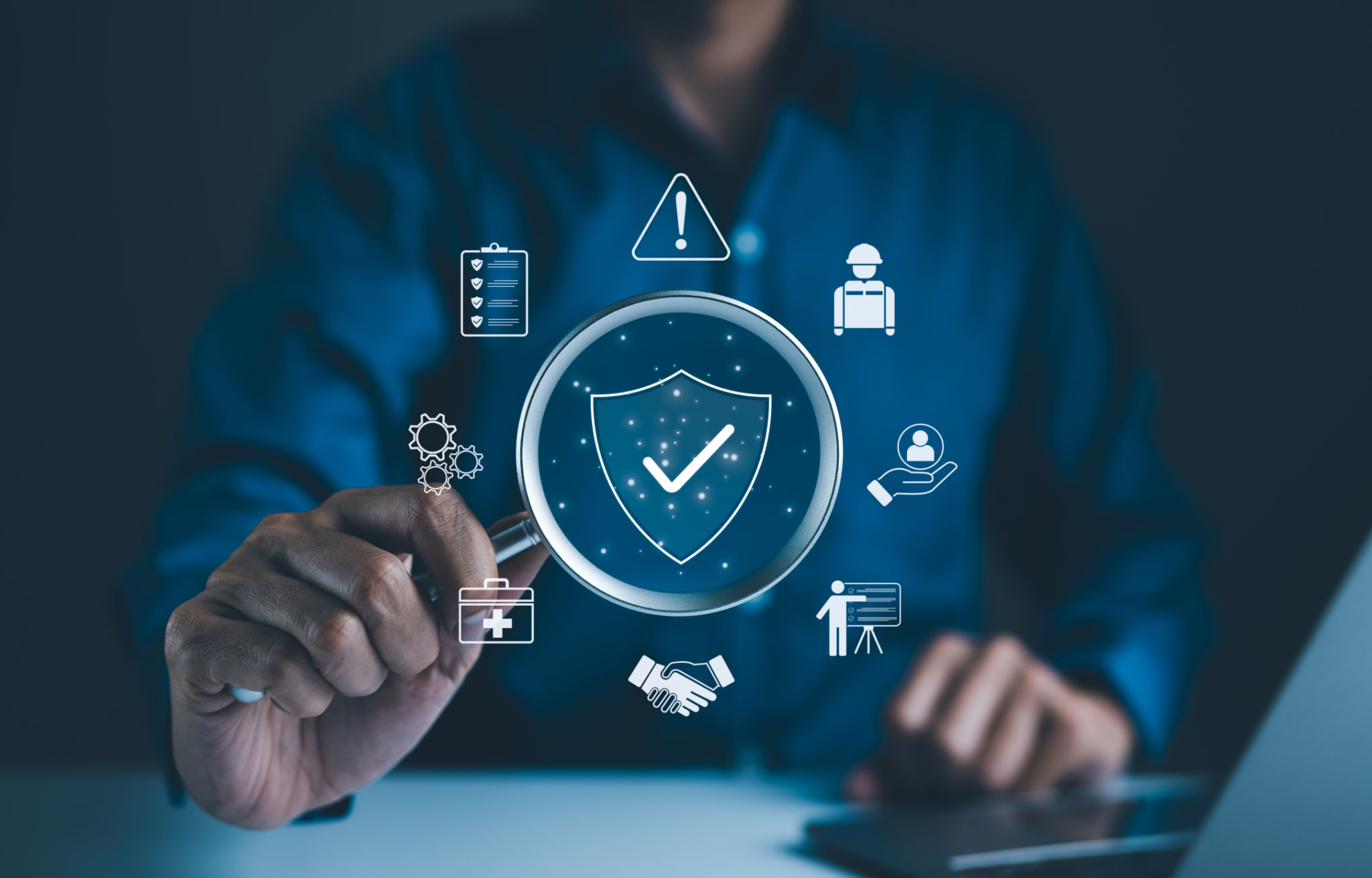Understanding Contract Lifecycle Risk Management in Financial Tech
Understanding Contract Lifecycle Risk Management in Financial Tech
In the fast-paced world of financial technology, managing risk is paramount. As businesses grow and transactions become more complex, understanding contract lifecycle risk management (CLRM) becomes essential. CLRM encompasses the processes and strategies involved in managing the risks associated with the entire lifecycle of a contract, from inception to execution and renewal.
For financial tech companies, effective CLRM can mean the difference between smooth operations and costly disruptions. This involves identifying potential risks early, implementing strategies to mitigate them, and continuously monitoring contracts to ensure compliance and performance.

The Importance of Early Risk Identification
Early risk identification is a cornerstone of effective contract lifecycle risk management. By recognizing potential issues at the outset, companies can develop strategies to address them before they escalate. This proactive approach not only saves time and resources but also minimizes the potential for financial loss.
Incorporating technology into this process can greatly enhance a company's ability to identify risks early. Advanced analytics and AI tools can be used to analyze contract data, flagging potential issues that may not be immediately apparent to human reviewers.

Strategies for Risk Mitigation
Once risks have been identified, the next step is to implement strategies for mitigation. This often involves creating a detailed risk management plan that outlines specific actions to take in response to identified risks. Key strategies may include:
- Regular contract reviews to ensure compliance with terms and conditions.
- Implementing automated alerts for critical contract milestones or deviations.
- Utilizing standardized contract templates to reduce variability and error.
By taking these steps, financial tech companies can reduce their exposure to risk and ensure that contracts are executed smoothly and effectively.

The Role of Continuous Monitoring
Continuous monitoring is crucial in maintaining control over the contract lifecycle. By consistently evaluating contracts throughout their duration, companies can detect any deviations from agreed terms in real time. This allows for prompt corrective action, preventing minor issues from escalating into significant problems.
Technological solutions such as contract management software offer robust tools for continuous monitoring. These platforms can automate many aspects of the monitoring process, providing real-time insights into contract performance and compliance.
Leveraging Technology for Enhanced CLRM
The integration of technology into CLRM processes provides significant advantages. Financial tech companies are increasingly adopting software solutions that offer comprehensive features for managing contracts. These include automated workflows, risk assessment tools, and real-time analytics capabilities.
By leveraging technology, businesses can enhance their risk management strategies, ensuring that they remain agile and responsive in a rapidly changing environment. This not only safeguards against potential risks but also enhances overall operational efficiency.

Conclusion
In conclusion, understanding and implementing effective contract lifecycle risk management is crucial for financial tech companies aiming to thrive in today’s competitive landscape. By focusing on early risk identification, implementing robust mitigation strategies, and leveraging technology for continuous monitoring, businesses can safeguard their operations and enhance their growth potential.
As financial technology continues to evolve, staying ahead of the curve with effective CLRM practices will be essential for long-term success. By prioritizing these strategies, companies can confidently navigate the complexities of contract management and ensure sustainable growth.
